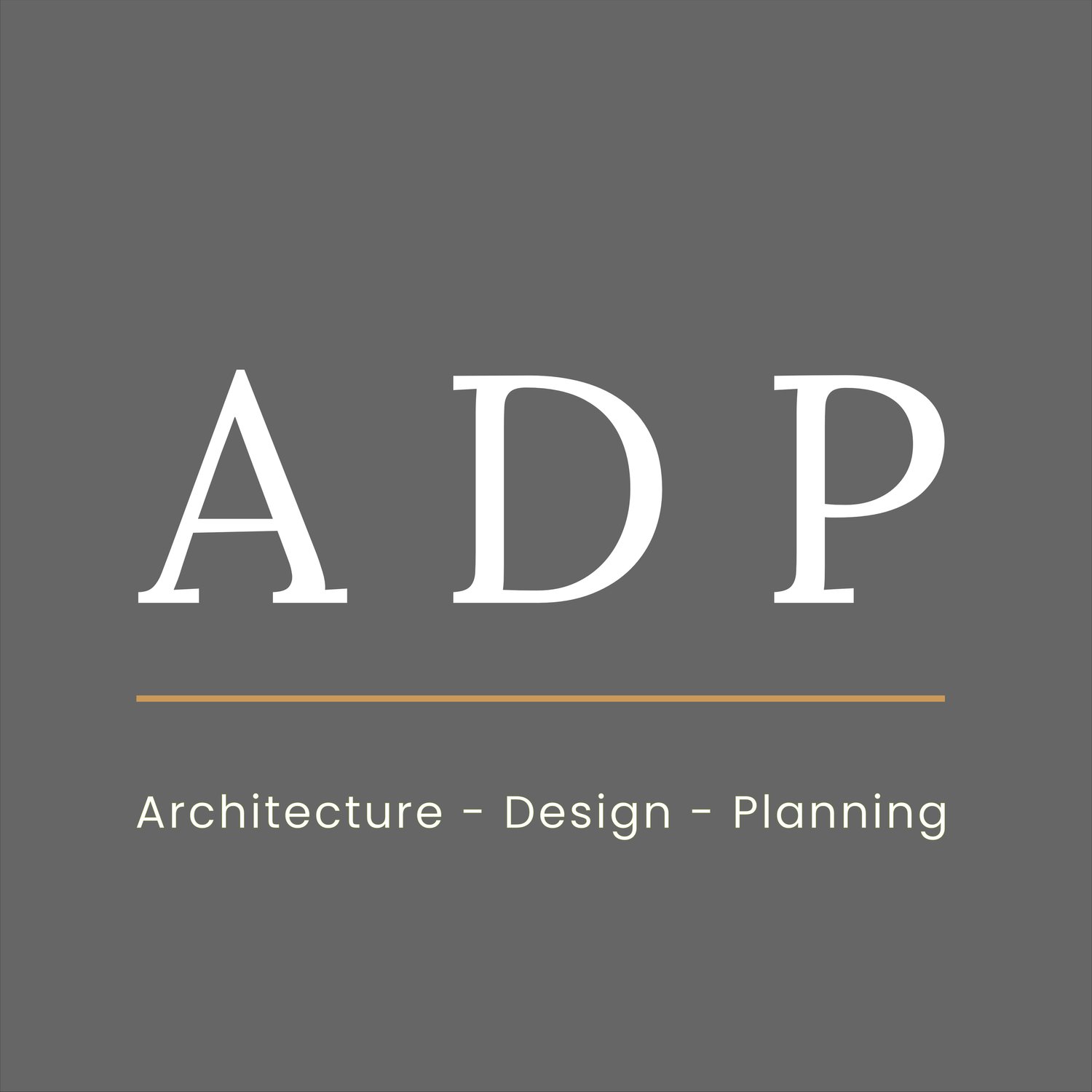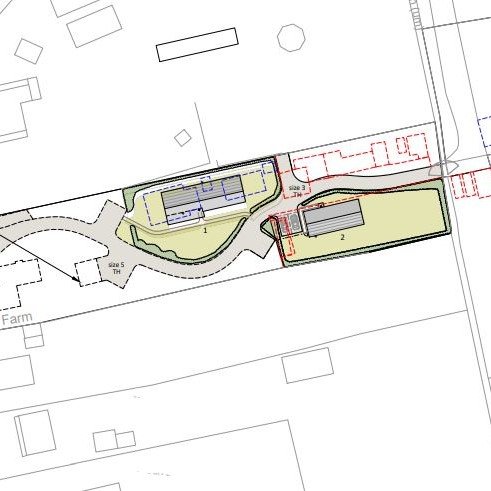How to Secure Planning Permission for Housing in the Green Belt in 2024
What is the Green Belt?
The Green Belt is a planning policy designation that is used to control the development of land around a built-up area. Its function is to prevent urban sprawl.
The extent of the Green Belt in a local area will be set out on a ‘Proposals Map’ accompanying a local planning authority’s adopted development plan document.
Not all local planning authorities have Green Belt within their area and not all countryside locations are covered by this designation.
It is often a common misinterpretation for countryside locations to be described as Green Belt, however this designation is only present in key strategic locations. It always best check if you unsure whether this affects your site.
What are the Green Belt Policy Restrictions?
The national Green Belt policies are set out in the National Planning Policy Framework, whilst those authorities that have it, may very specific additional policies for their areas set out within their development plan.
The fundamental aim of Green Belt policy is to prevent urban sprawl by keeping land permanently open. National policy states that inappropriate development, in the Green Belt, which includes the construction of new buildings, should not be approved except in very special circumstances.
Green Belt policy is very restrictive, but as will be explained below, there are still opportunities to secure planning permission and build in the Green Belt.
What Can You Build in the Green Belt?
There are a number of exceptions where new building is allowed. Some of these include:
The redevelopment of previously developed land, provided the development would not have a greater impact on the openness of the Green Belt. This could include the redevelopment of a commercial site to deliver a new housing scheme. It also includes the redevelopment of an equestrian site for residential use, provide the site and buildings fall within the definition of previously developed land.
Limited infilling in villages. Where a village falls within the Green Belt and where there is a clear built frontage, with a gap, there may be an opportunity secure planning consent for an infill dwelling.
The replacement of an existing dwelling. This is a common project in the Green Belt and provides the opportunity enhance the plot and increase the size the dwelling.
It also provides an excellent self-build option. Click here for a project example.
The extension and alterations of existing buildings, although the size must not be disproportionate to the original dwelling. In the majority of cases full permitted development may also exist and could be explored.
Buildings for agriculture and forestry. This could include barns, storage buildings and even rural workers houses.
Outdoor sports and recreational facilities. This can include a number of building types for example, stables, golf facilities, etc, click here for our project examples.
There are also some forms of development that are not deemed inappropriate in the Green Belt.
Of these forms of development, the key one that will allow residential development is the re-use of buildings, provided the buildings are of permanent and substantial construction.
The common project that falls within this definition is the barn or stable conversion to create a residential dwelling.
It could also include the change of use of any commercial or agricultural building.
Click here for some of our Green Belt project examples.
Our Latest Green Belt Projects
Green Belt Planning Consultants and Architectural Designers
Our planning consultants and architectural designers have extensive experience of projects in the Green Belt and throughout the UK and can guide you through the planning process.
Please contact us at mail@adpltd.co.uk or fill out the form below for more information.



















